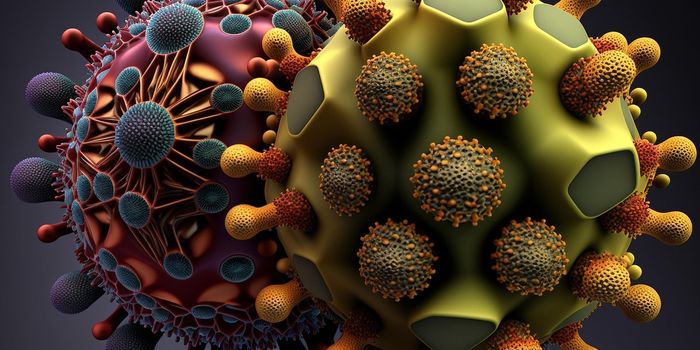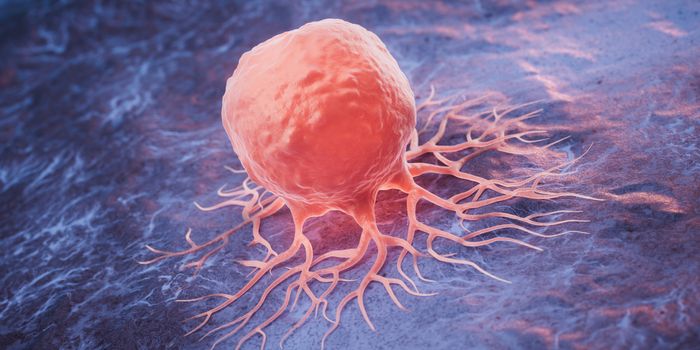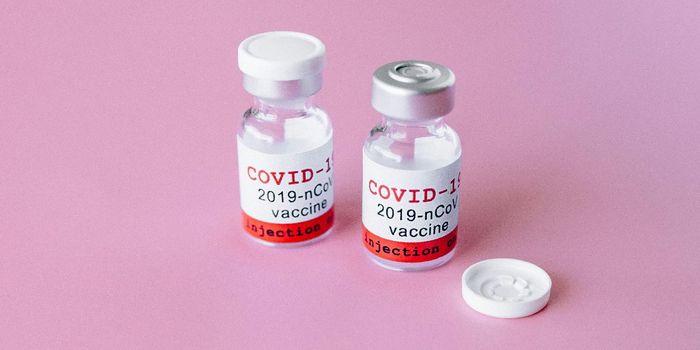Macrophages May Reveal New Tattoo Removal Strategies
They say that tattoos are forever, but are they really? A new study of how tattoos work and how the immune system is involved reveals the cellular mechanisms behind tattoos and their removal.
Researchers from the Centre d'Immunologie de Marseille-Luminy in France are building on existing knowledge surrounding the art of the tattoo. They also offer a new technique for improving laser surgery approaches for tattoo removal.
How do tattoos work? Essentially, a needle pierces the skin and injects ink into the dermis, the second layer of skin below the epidermis. Explanations for the “forever” quality of tattoos include:
- Ink stains fibroblasts cells in the dermis
- Pigment particles are too big to be taken up by white blood cells, so they remain in the dermis “forever”
- Macrophages are attracted to the wound created by the needle and engulf the tattoo pigment as if they were engulfing a pathogen or dead cell as part of their normal process of phagocytosis
How are tattoos removed? Doctors administer laser pulses that induce skin cell death, causing them to release tattoo pigment that is taken away from the skin: “drained away via the lymphatic vessels,” describes co-lead researcher Bernard Malissen.
In the new study, researchers focus on the third explanation for the longevity of tattoos. They designed a mouse model genetically engineered to kill macrophages in the dermis and other tissues. They found that dermal macrophages were the only cell type to take up pigment when they tattooed the mice’s tails.
Although dead macrophages were continuously replaced by new macrophages, the tattoo’s appearance did not change when the macrophages were killed. Instead, dead macrophages release the pigment as they die, and replacement macrophages pick it up. In this way, researchers describe a continuous process of pigment recycling among generations of macrophages.
"We think that, when tattoo pigment-laden macrophages die during the course of adult life, neighboring macrophages recapture the released pigments and insure in a dynamic manner the stable appearance and long-term persistence of tattoos," explained co-lead researcher Sandrine Henri.
Based on their findings, researchers suggest improving tattoo removal processes by combining laser surgery with the surgical removal of macrophages carrying tattoo pigment.
The present study was published in the Journal of Experimental Medicine.
Sources: Rockefeller University Press, Popular Science









